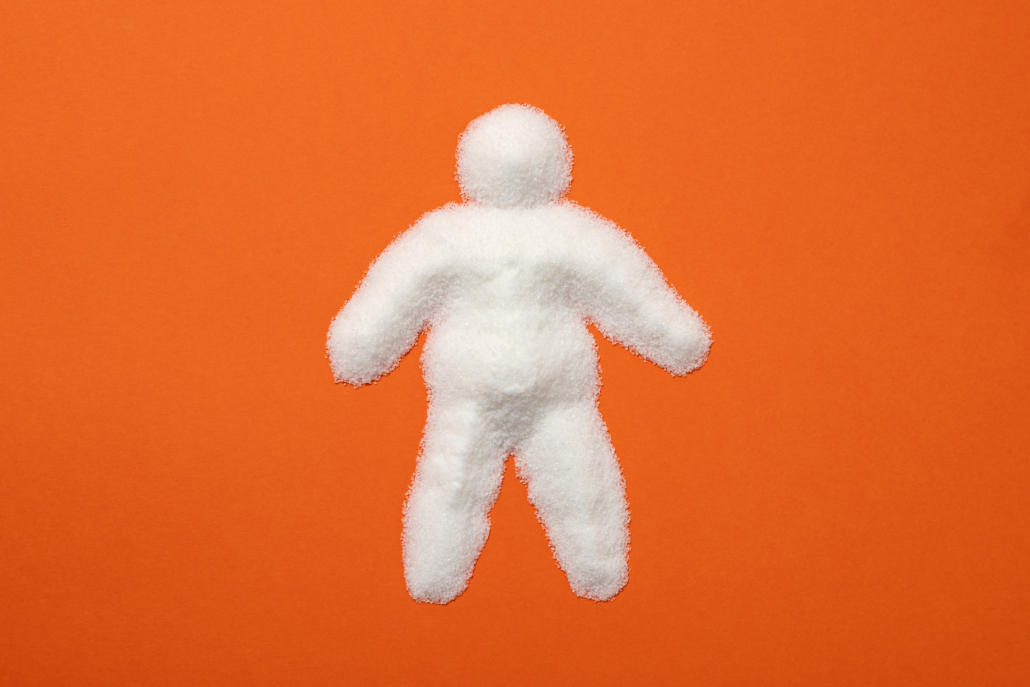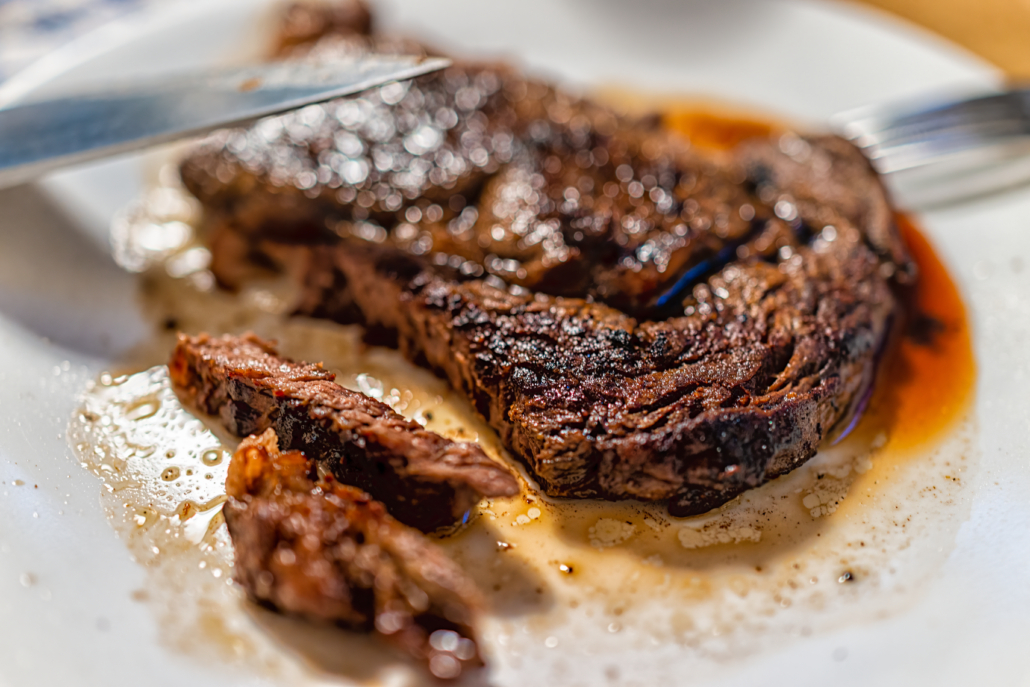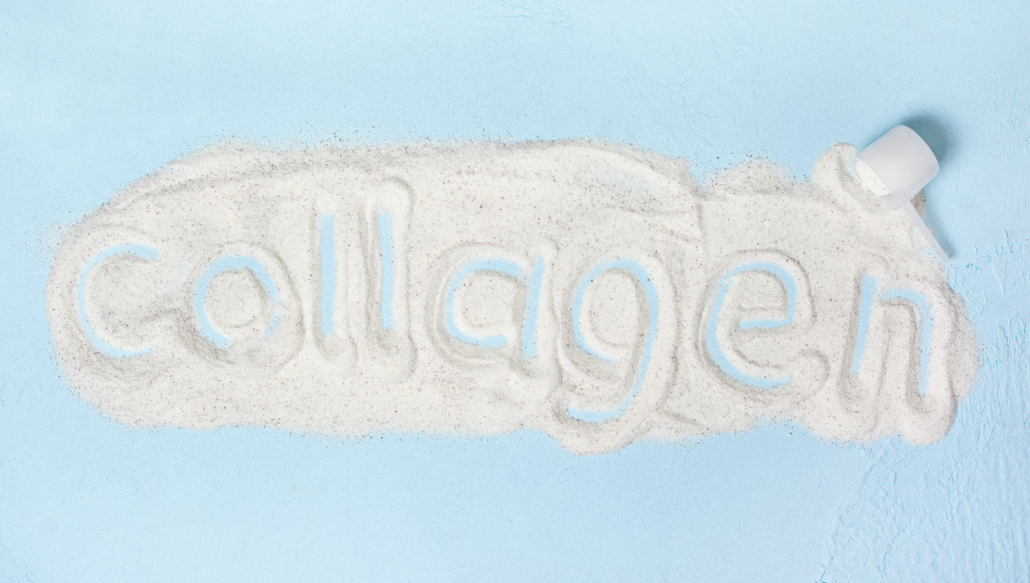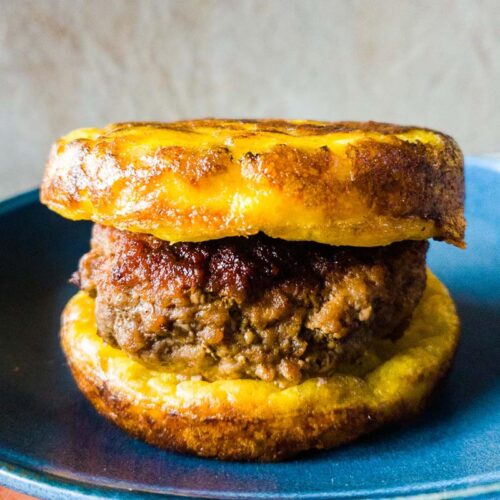We include products in articles we think are useful for our readers. If you buy products or services through links on our website, we may earn a small commission.
Meditation for Stress and Anxiety Relief: 7 Proven Techniques

There are many types of meditation aimed at relieving stress and anxiety. Some of these meditations come from religious traditions, while other meditations for stress and anxiety are new inventions based on modern neurology and psychology. What they all have in common is that they’re effective at relaxing the body and bringing inner peace.
In this article, we’ll look at 8 of the most effective meditations for stress and anxiety, and offer you a “how to” guide for each.
Table of Contents
Mindfulness Meditation
Mindfulness meditation is one of the most popular practices for relieving stress and anxiety. Apps like Headspace and Calm have millions of downloads, and they can be really helpful when it comes to making meditation a daily practice.
The Science
In clinical studies, Mindfulness has been shown to reduce post-traumatic stress disorder (severe stress) 73% of the time [1]. It has also been shown to relieve stress before bedtime, allowing people to fall asleep faster [2].
In one study, 91% of insomniacs were able to discontinue use of sleeping medications when practicing mindfulness meditation [3].
While overall, 16, or 17 studies looking specifically at mindfulness-based interventions for stress and anxiety found significant positive outcomes [4].
Guided Mindfulness Practice For Stress and Anxiety
Here’s a ten-minute guided mindfulness meditation for stress and anxiety created by the Calm app.
Breathing Meditations For Stress
Anxiety and stress occur as much in our bodies as they do in our minds. When we feel threatened and stressed our bodies produce stress hormones like adrenaline and cortisol.
Breathing meditations for stress and anxiety help you activate your body’s natural stress-breaking system. Deep breathing techniques activate your vegas nerve system and switch your body from the “fight, flight, or freeze” mode into the “rest, relax, and digest” mode.
The Science
numerous studies have shown deep breathing to improve cognitive performance while reducing stress hormones in both normal and acutely stressful situations. [1][2]
Breathing meditation for Stress and Anxiety Technique
One of the easiest and most effective breathing meditations for stress and anxiety is called “Boxed Breathing”. It’s based on the idea that when you inhale you are stepping on the gas pedal of your central nervous system. And when you exhale, you’re stepping on the break.
- Ideally, sit somewhere comfortable and close your eyes. But you can also do this anywhere, at any time, and with your eyes open, even in a stressful meeting
- Breathe in deeply for 5 seconds through your nostrils into your stomach–feel your stomach inflate slightly without forcing it. You can even put your hand on your stomach
- Gently hold your breath for 5 seconds
- Release your breath through your nose for 10 seconds
- Repeat this cycle 10 times
The more you practice this mediation the more quickly your body will respond and relax. And the deeper you relax the longer you can extend the exhale. If it feels smooth and natural try for 15, and then 20-second exhalations.
Guided Imagery Meditation for Stress
Guided imagery uses visualization techniques to activate your “inner eye”. They entail envisioning calming environments and experiencing them with all of your senses. They are effective at putting you into deeply relaxed states.
The Science
Author of “Top Brain, Bottom Brain,” Neuroscientist Stephen Kosslyn, Ph.D. points out that “visualization activates the same neural networks that actual task performance does, which can strengthen the connection between brain and body” [5] .
How to do it
- Sit in a comfortable position
- Close your eyes.
- Use deep breathing–the diaphragmatic breathing technique is a good place to start
- Repeat the phrase “Breathing in peace, exhaling stress”
- Once you sense relaxation, bring to mind the most calming environment you can imagine. For example, floating in warm clear ocean water off a tropical island. Sitting in the shade of a beautiful tree on a summer day, high in the mountains
- Involve all of your senses in the scene. What special scents are involved? What do the water, air, and sunlight feel like on your skin? Can you hear the roar of a waterfall, the lapping of gentle waves, birds chattering in the trees? Can you even taste the air?
- Basque in these sensations for 15 minutes to an hour
Tips for Enhancing your Visualization Meditation
- Set an alarm so you don’t have to think about how long you’ll be immersed. It will also wake you if you fall asleep
- Ambient sounds can enhance your emersion while blocking out real life noise
- The more you practice, the more quickly and deeply you’ll enter into a relaxed state
Somatic Experiencing
When we get stressed our bodies form neuromuscular patterns aimed at protecting us from perceived threats. This is an important survival mechanism in the moment. But it becomes a problem when the activation persists after the stressful event has passed.
From the other direction, people often get trapped in thought patterns that activate stress responses in the body. This process makes it even harder to manage stressors from our environments.
Somatic experiencing is a way of telling the body that it is in fact safe, allowing it to discharge accumulated stress, and build up a store of resilience for future stressful events.
The Science
As a relatively new model of stress relief, there hasn’t been a lot of clinical trials. But those that have been done show Somatic Experiencing to be effective in the reduction of symptoms associated with PTSD [6].
While a review looking at the effectiveness of various body-oriented therapies found that they can reduce stress and various other issues with no negative side effects [7].
How to Do Somatic Experiencing
Here is a very easy, and surprisingly powerful 5-minute practice that anyone can do:
Mantra Meditation
A mantra is a syllable or word that that meditators focus on by repeating silently to themselves. As with mindfulness meditation, you focus your attention on one thing–the breath. Mantra meditation is one of the easiest types of meditation for beginners to learn.
With mantra meditation, you can feel less stressed after a single session. And like the other practices, the more quickly you drop into relaxation and the deeper you go.
The Science
Mantra meditation has been associated with reductions in chronic stress, heart rate, and blood pressure. Other benefits of mantra meditation related to stress relief include improved immune function, increase in meaning and quality of life, and a decrease in intrusive thoughts [8][9][10].
How to
- Find a quite space where you won’t be disturbed for 20 minutes. As your practice gets stronger you can meditate anywhere, but at first, isolation will help you get the hang of it.
- Choose a Mantra to focus on. ‘Aum’ (Om) is a popular mantra with a naturally calming tone. But you can use more familiar words and phrases, like “Calm”, or “I am at peace” will also work. The important thing is tha the words are easy to repeat.
- With eyes closed or simply resting, begin repeating your mantra
- Continue for at least 5 minutes. However, 15-25 minutes will give you enough time to full focus and recieve the greatest benefits
Progressive Muscle Relaxation
Progressive muscle relaxation is a technique that entails tensing and then releasing muscle groups in sequence to promote deep relaxation. When your body is relaxed, mental stress and anxiety dissipates.
The Science
Numerous studies show that progressive muscle relaxation is effective in reducing both physical and mental tension.
A 2019 study using unemployed subjects found that PMR reduced depression, anxiety, and stress while improving overall well-being [11].
A study looking at dental patients found that PMR helped reduce anxiety and depressive symptoms [12]
And a 2020 study found that PMR can help reduce anxiety in people with COVID-19.
How To
For beginners, the best way to do PMR is to follow an audio recording. Then once you get the hang of it, you can do it on your own.
- Start by finding a place where you won’t be interrupted. Lay down on your back and let your limbs stretch out.
- Inhale, and tense the first muscle group–usually the hands
- Tense hard (but not to the point of pain or cramp) for 4 to 10 seconds
- Exhale, and suddenly relax the muscle group completely (do not gradually relax)
- Relax the muscle group for 10 to 20 seconds before moving to the next muscle group
- Notice the different feelings between the muscles when tensed and released, and relaxed
- After tensing and releasing all the groups, count backward from 5 to release focus
Once you get accustomed to the full PMR routine you can use it on specific muscles to release tension and knots.
Here’s a full PMR recording that will help get you started.
The PMR Sequence
Here’s a list of the muscle groups and how to tense them.
| Muscle Group | How to Activate |
| Hands | Clench |
| Wrists and forearms | Extend, and bend your hands back at the wrist |
| Biceps and upper arms | Clench your hands into fists, bend your arms at the elbows, flex biceps |
| Shoulders | Shrug, and raise toward your ears |
| Forehead | Wrinkle into a deep frown |
| Around the eyes and bridge of the nose | Close your eyes very tightly |
| Cheeks and jaws | Smile as widely as possible |
| Around the mouth | Press your lips together tightly. Focus only on your lips, making sure there’s no other tension in your face |
| Back of the neck | Press the back of your head down firmly against the surface beneath you |
| Front of the neck | Touch your chin to your chest. Avoid tension in head and neck |
| Chest | Inhale deeply, hold for 4 to 10 seconds |
| Back | Arch your back up and away from the surface beneath you. Try to keep chest soft |
| Stomach | Suck it in as tight as you can. Notice and release any tension in chest and back |
| Hips and buttocks | Squeeze your buttocks together tightly |
| Thighs | Clench very tightly |
| Lower legs | Point your toes up to your face. Then point them away, and curl them downward at once. Notice and release any tension from waist down |
Gratitude Meditation For Stress
Practicing gratitude meditations are one of the simplest and most universally effectgive techniques for reducing anxiety and increasing well-being.
Gratitude practices have been shown to promote immunity, better relationships, and general happiness in life.
The Science
Studies have shown that daily gratitude meditations can lead to a 23% reduction in the stress hormone cortisol [13].
A study of health-care practitioners working in high-stress environments found that keeping a gratitude diary for two weeks produced long-term reductions in perceived stress (28%) and depression (16%). [9]
Gratitude Meditation Technique
Here’s a ten-minute guided gratitude meditation to get you started.
Qi Gong
In Chinese medicine physical stress is produced by blockages of the vital energy known as qi “chee”. Qi-gong means “energy work” and it’s a series of fluid postures that get the energy flowing properly through your joints, muscles, and tendons. This ancient form of movement meditation is over 5,000 years old.
Renowned qigong master Kenneth Cohen, explains, “The three pillars of qigong practice are body, breath, and mind. If your body is relaxed your breathing will slow down. When your breath is slow, you feel more centered, calmer, and more in touch with yourself.”
The Science
Modern studies show that this ancient practice is indeed effective in reducing stress and anxiety in healthy adults [14]. While a study looking at the stress-reducing properties for hospital staff in high-stress work environments also found it effective, even when practiced for short periods of time [15].
Tips for Getting Started and Sticking with it
If you’re just starting out these tips can help you
- Meditation is equally the act of gently bringing your attention back to the object of focus, not just focusing on the object itself
- Release self-judgment. It can take time to train the body and mind to do things that they haven’t been doing for many years
- There’s no right way to meditate. Experiment and find the practice that is most effective and convenient for you
- Be on the lookout for self-judgment, and when you find it, say, “I see you’re trying to get me to do this well, I can take it from here.”
- Consistency is key–make a time in your calendar at least 3 days a week to get the most out of these practices
Meditation for Stress and Anxiety: The Takeaway
Meditation for stress and anxiety has been practiced across cultures and throughout time. Both ancient and modern practices have been clinically shown to significantly reduce stress anxiety.
The various types of meditation for stress make it likely that there’s one that’s right for you. Why not give one a try today?





















